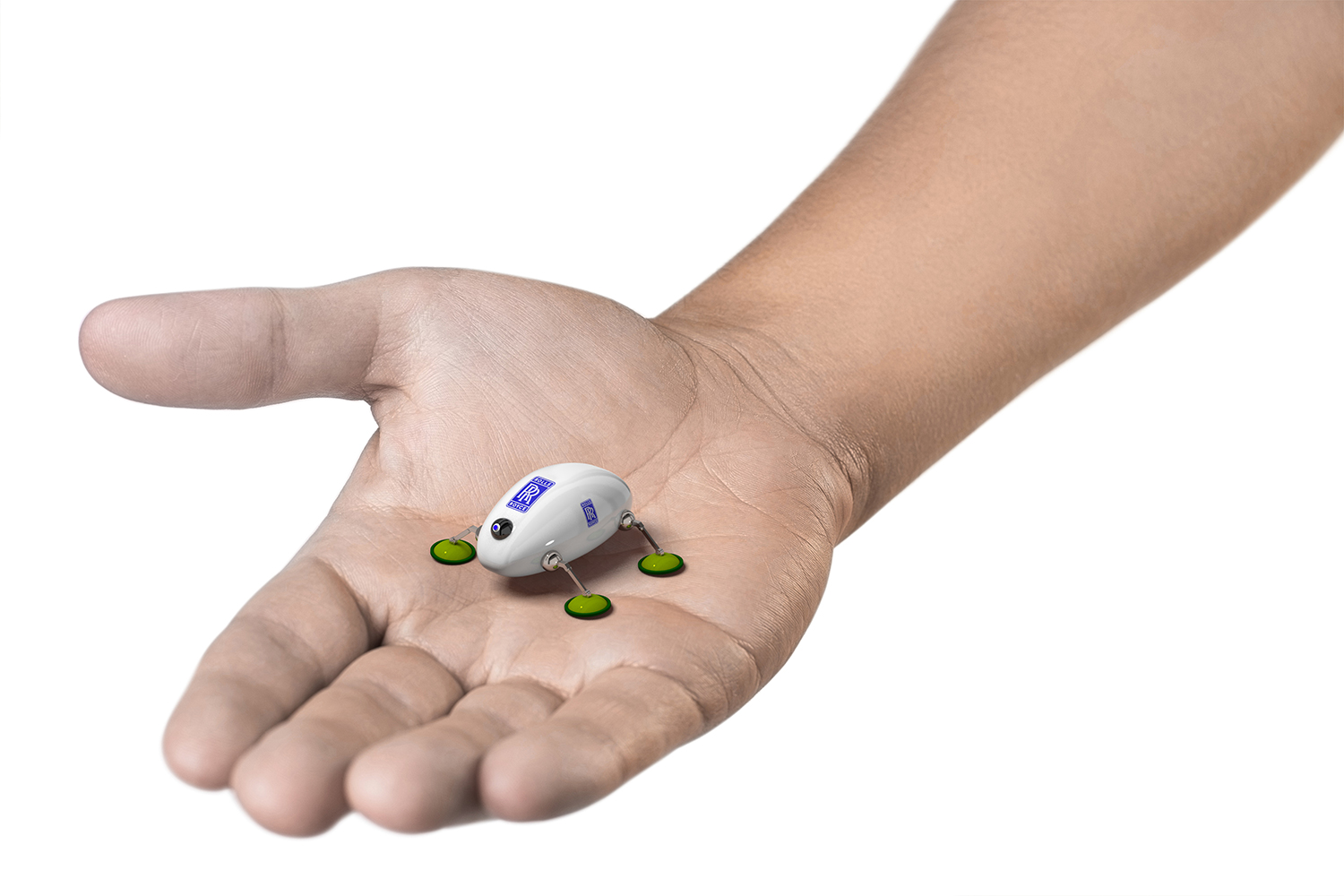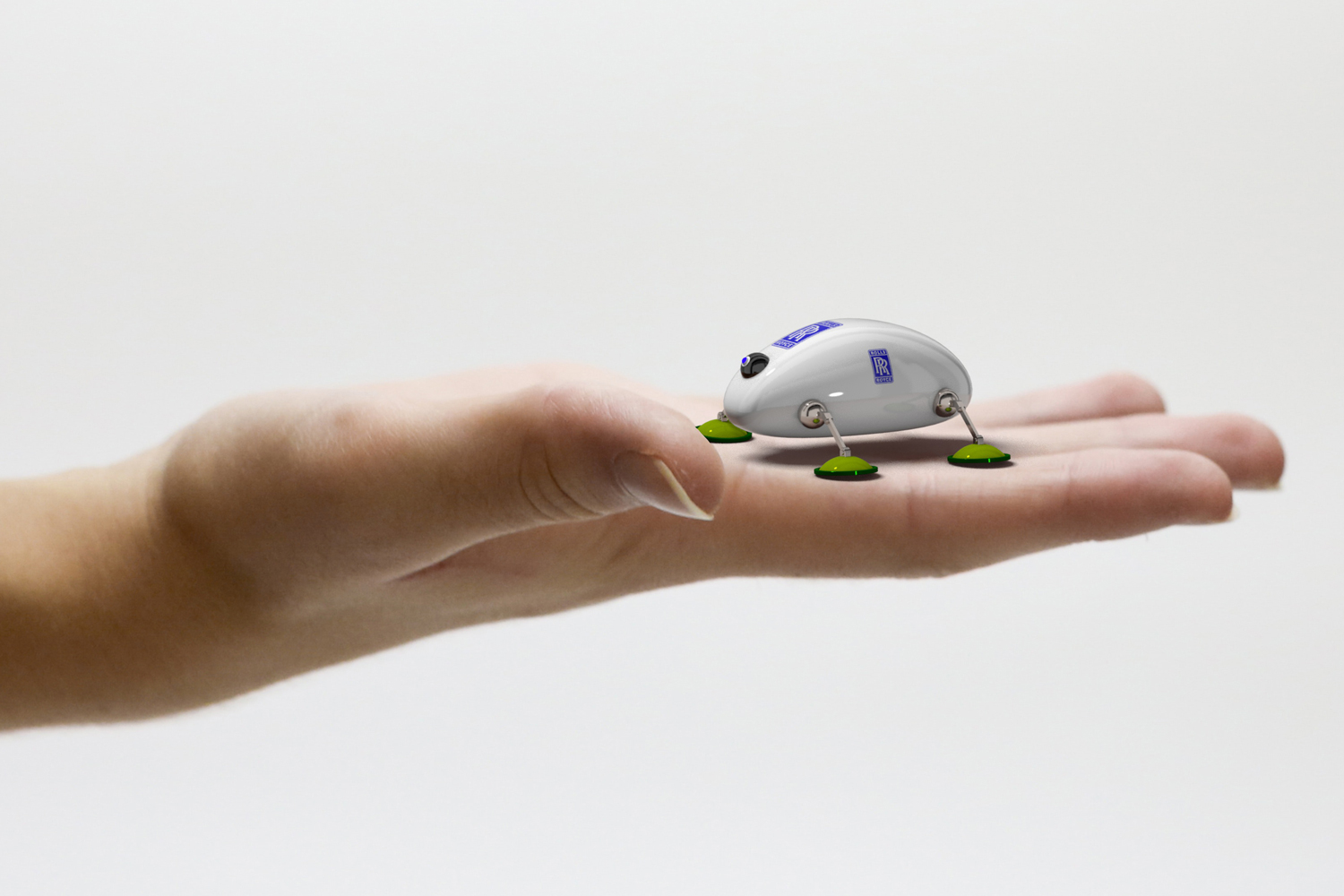Rolls-Royce, one of the world’s most famous engineering firms, has an unusual, but awesome idea for carrying out engine maintenance on future aircraft: using a pair of innovative robots inspired by the natural world. As part of its so-called IntelligentEngine project, researchers from Rolls-Royce have laid out their plans for snake and insect-swarm-inspired robots that will crawl inside engines to carry out inspections and perform maintenance.
“We are in the process of developing a number of miniature devices that enable us to get inside the jet engine to perform inspections or repairs,” Dr. James Kell, on wing technology specialist at Rolls-Royce, told Digital Trends. “Repairs can be in the form of removing damaged material or putting material back on. To allow us to perform these repairs, we are working with an extensive network of partners to develop mechatronic probes — similar in nature to keyhole surgery techniques.”
The project is a collaboration between Rolls-Royce, Harvard University, and the University of Nottingham. The idea is that the snake-inspired robot could gain access to an engine in the manner of an endoscope, the long, thin flexible tube inserted by doctors into a patient’s body to view it from the inside. It could then deliver a swarm of tiny, miniature robots, of around 10mm in diameter, which can crawl around inside the engine.
“All of these developments — and others that we have not presented yet — are exciting achievements in their own right,” Kell continued. “For example, imagine a damaged compressor blade in an engine in Dubai, a deployed remote boreblending robot would allow a person in Derby [in the U.K.] to repair it to get the engine back in service days quicker than the current approach.”
Don’t go thinking that similar technology will be finding its way into Rolls-Royce luxury cars, though. The British company Rolls-Royce Plc. is a totally separate entity to the BMW-owned Rolls-Royce Motor Cars. It’s nice to dream, though!
“I imagine there could be some specific applications for these technologies in the auto industry if people were so inclined,” Kell said. “But the industry model is not quite as driven by long-term service agreements as yet. A lot of our technologies have their roots in the medical industry, and perhaps they may be able to be reapplied to healthcare [at some point in the future].”




